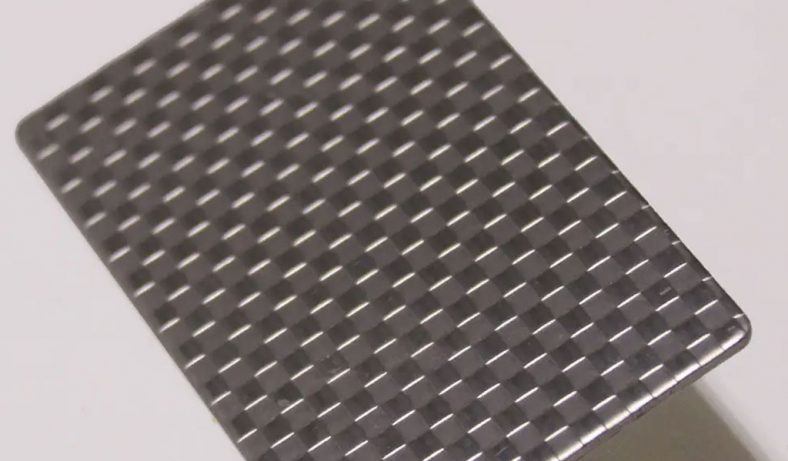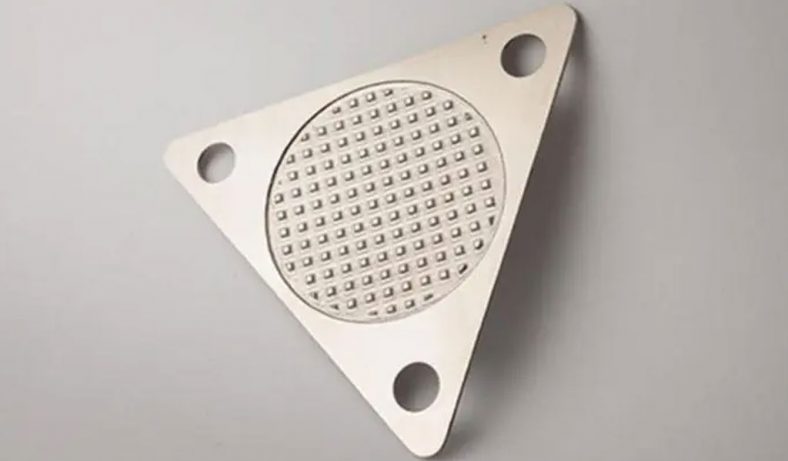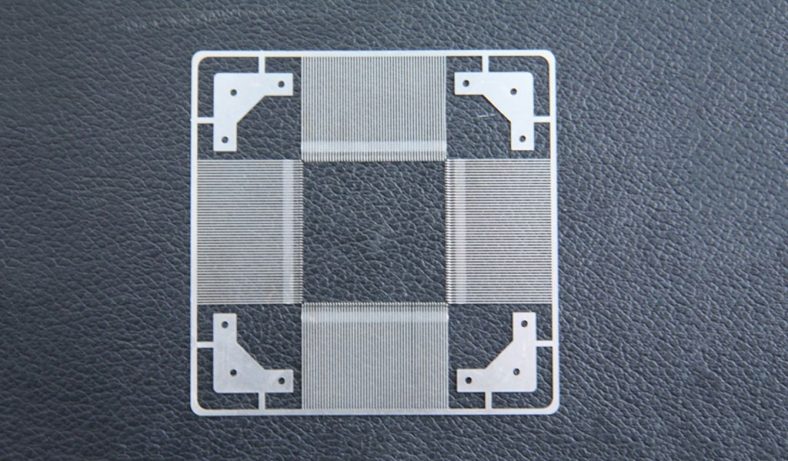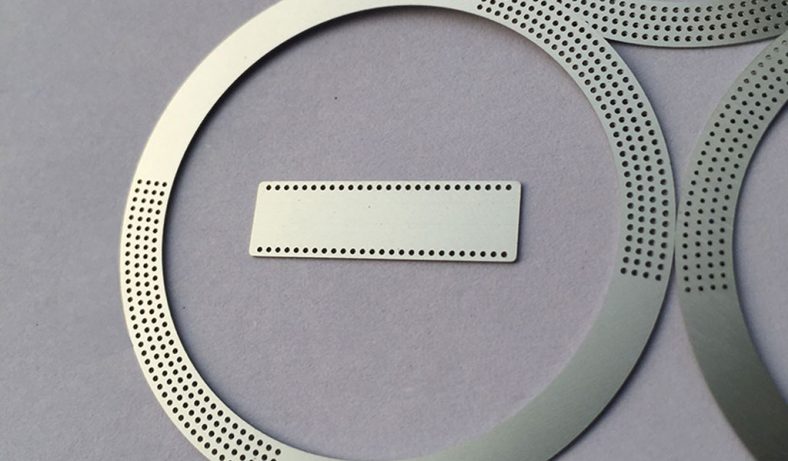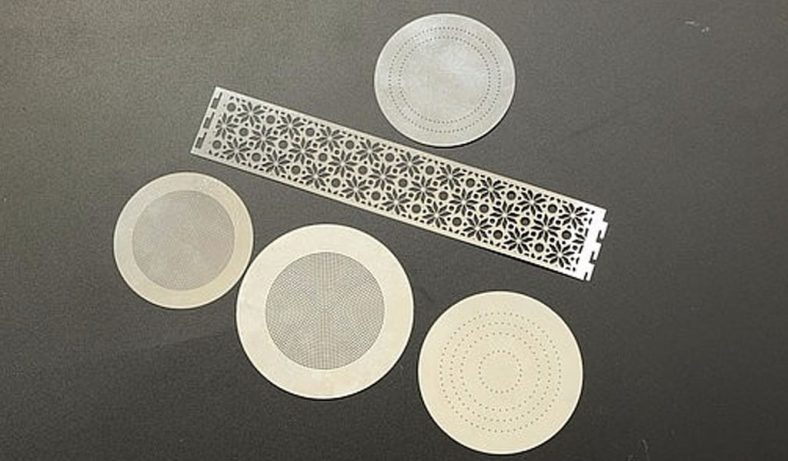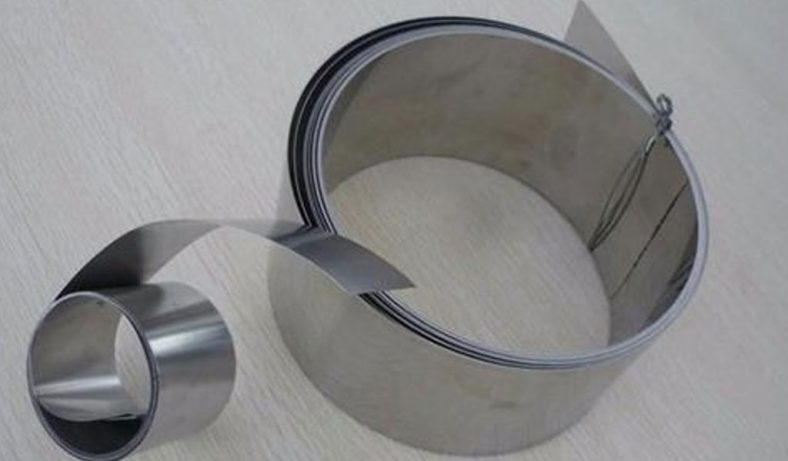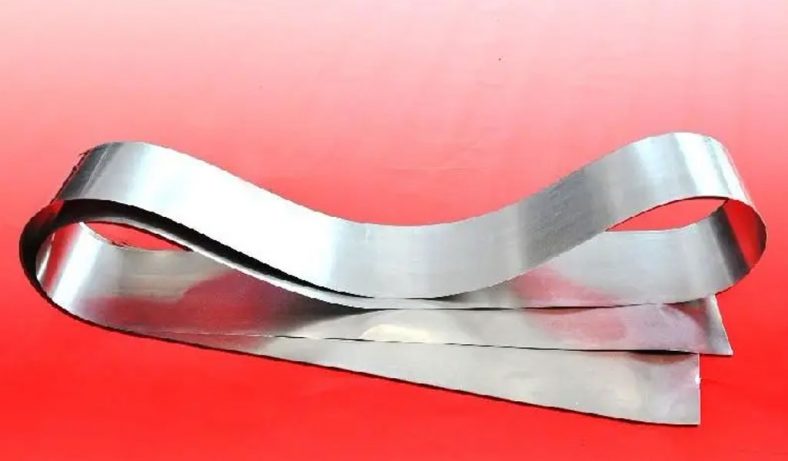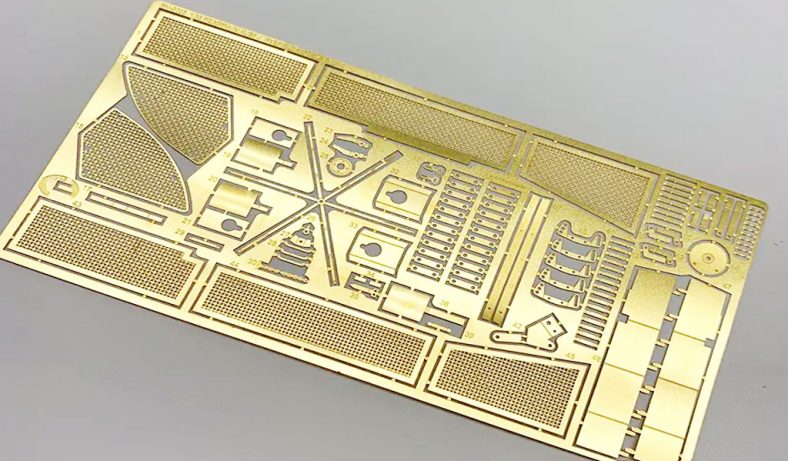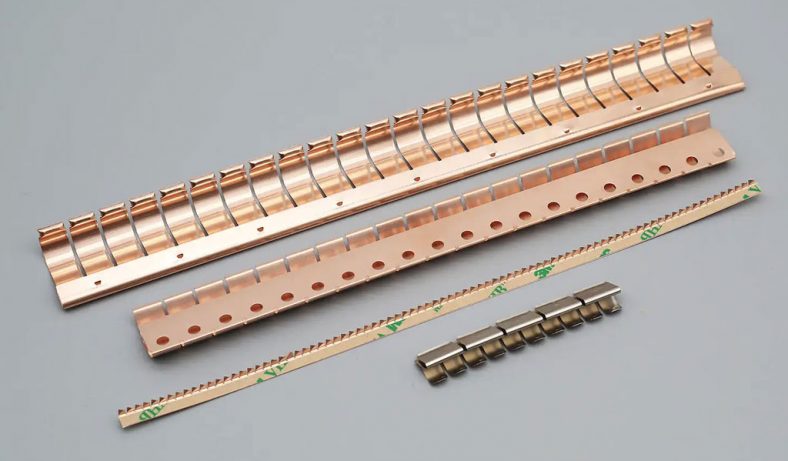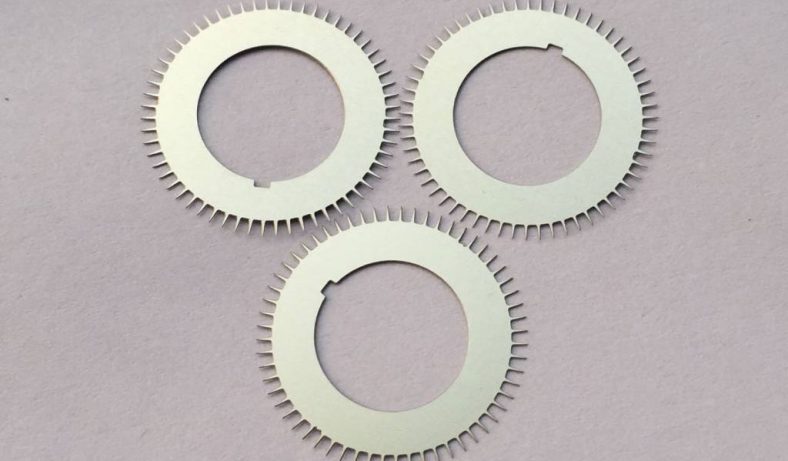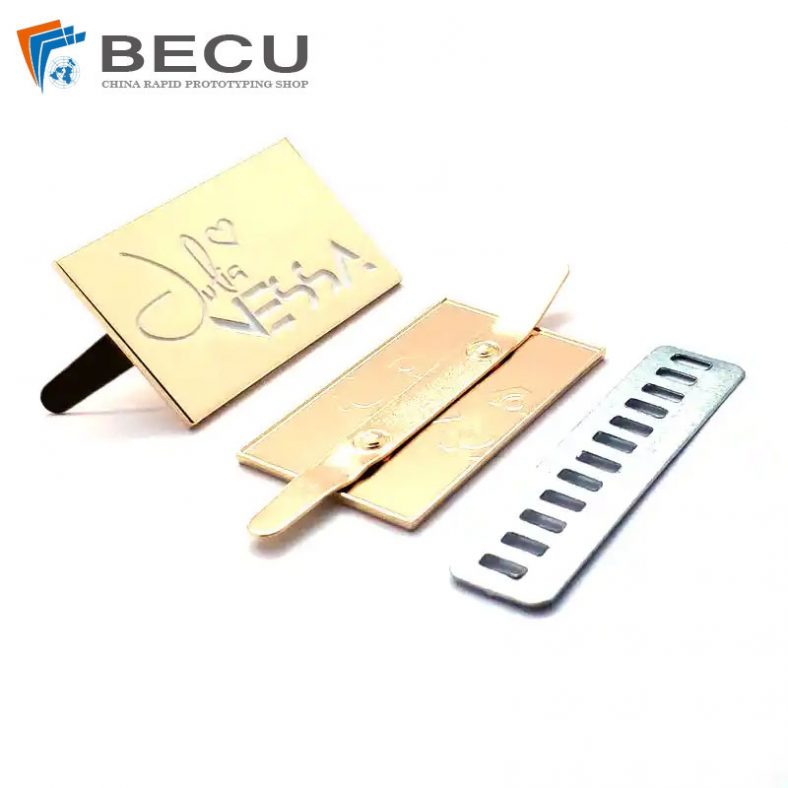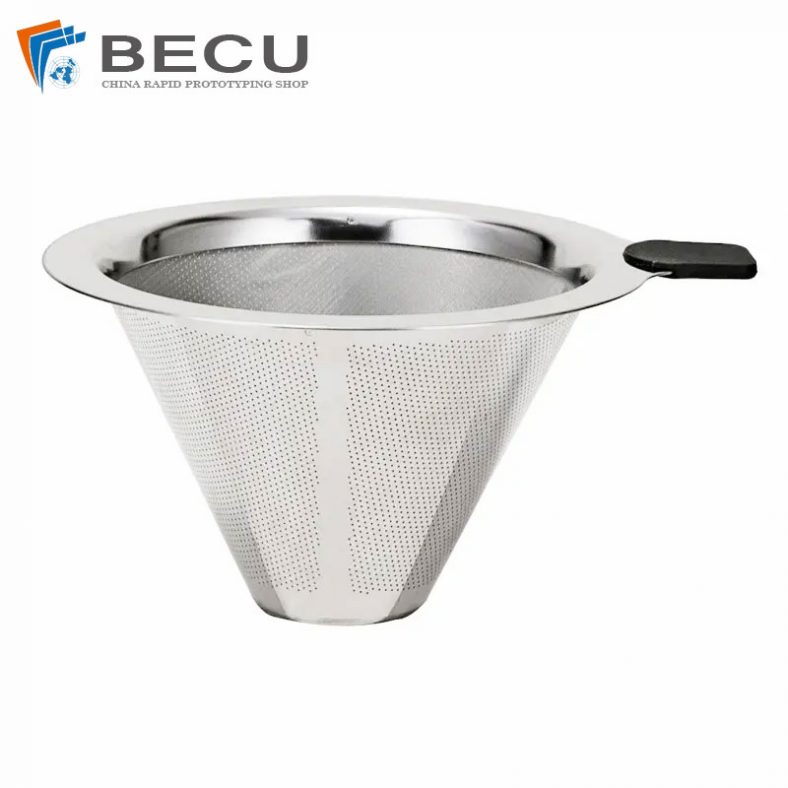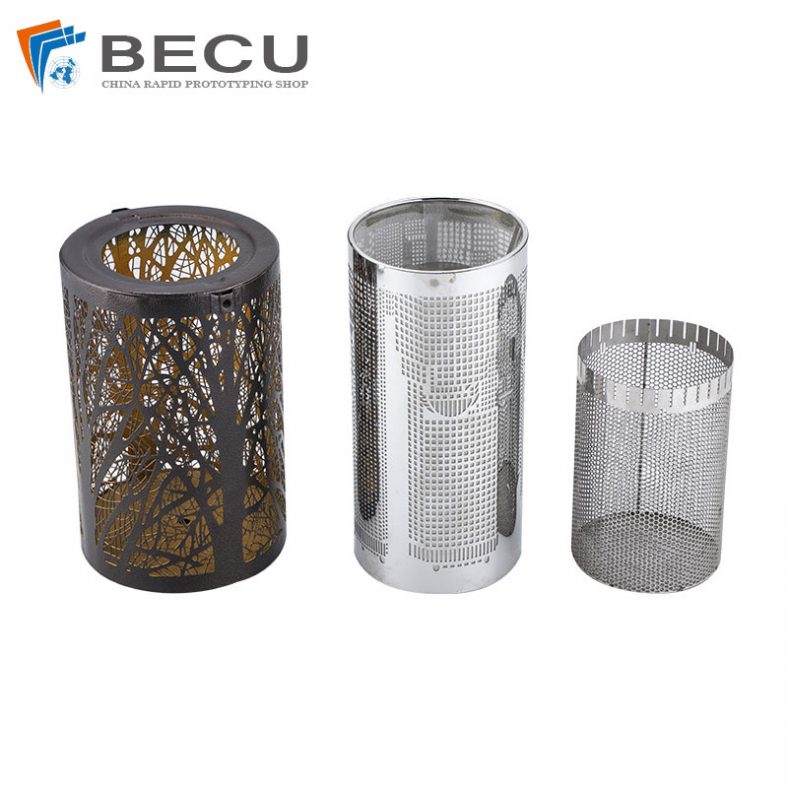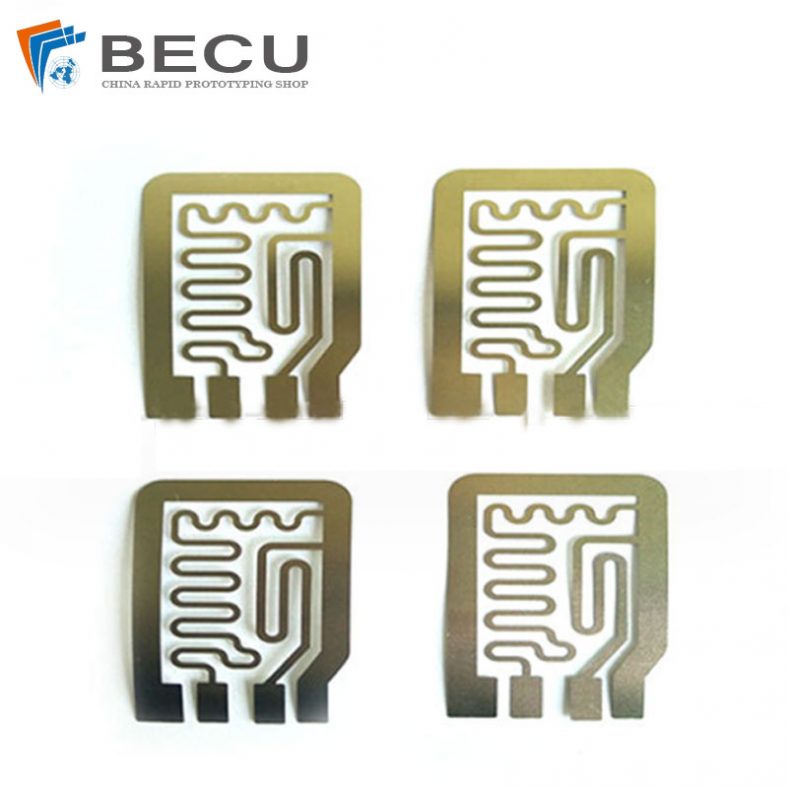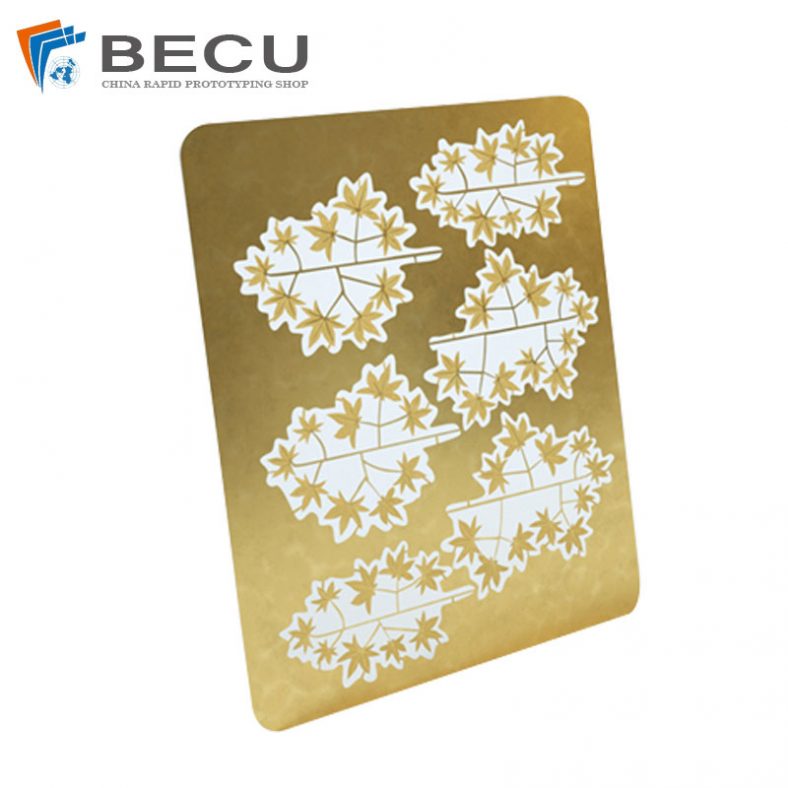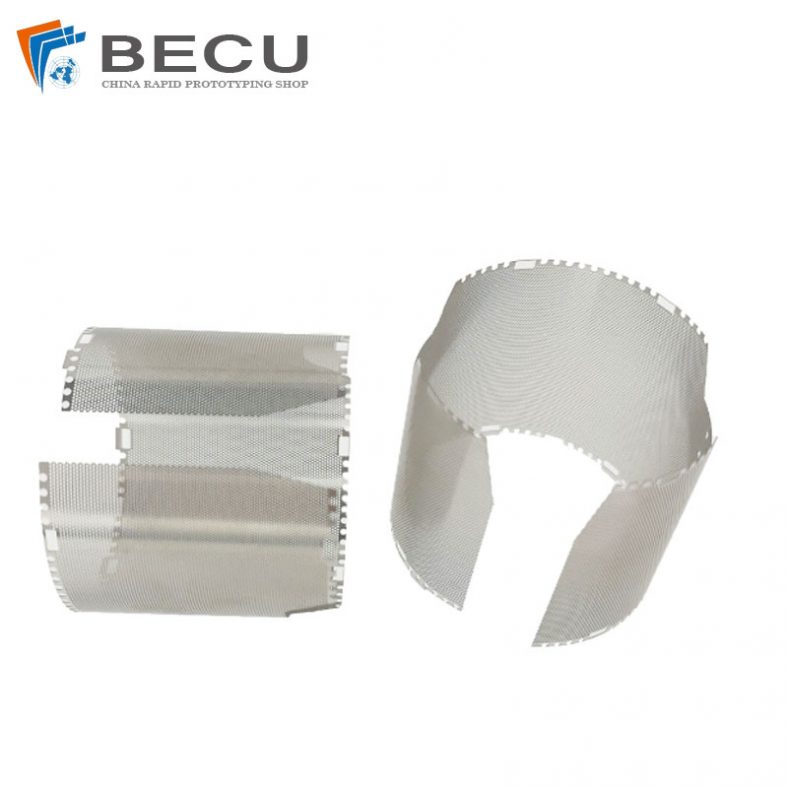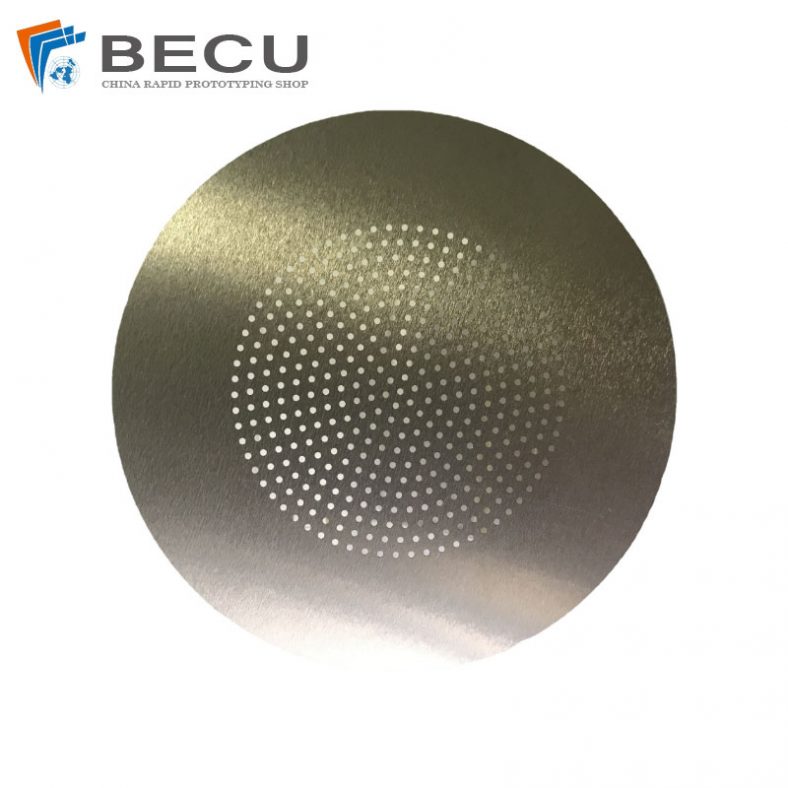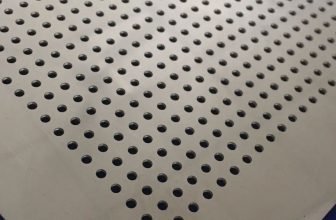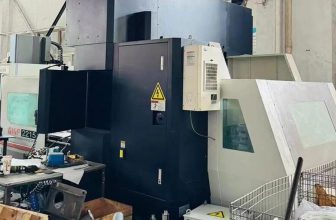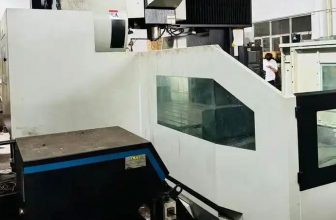The etching process is a fundamental technique in materials science, semiconductor manufacturing, and various industrial applications, where controlled removal of material from a substrate is essential for creating precise structures, patterns, or surfaces. At its core, etching involves the selective dissolution or erosion of materials through chemical, physical, or combined mechanisms. One critical parameter in many chemical etching processes is the pH level of the etchant solution, which directly influences reaction rates, selectivity, surface morphology, and overall process efficiency. Dynamic adjustment of pH refers to the real-time monitoring and modification of the solution’s acidity or alkalinity during the etching operation to optimize outcomes, compensate for drifts, and adapt to varying conditions. This approach contrasts with static pH settings, offering greater flexibility and precision in modern high-tech fabrication environments.
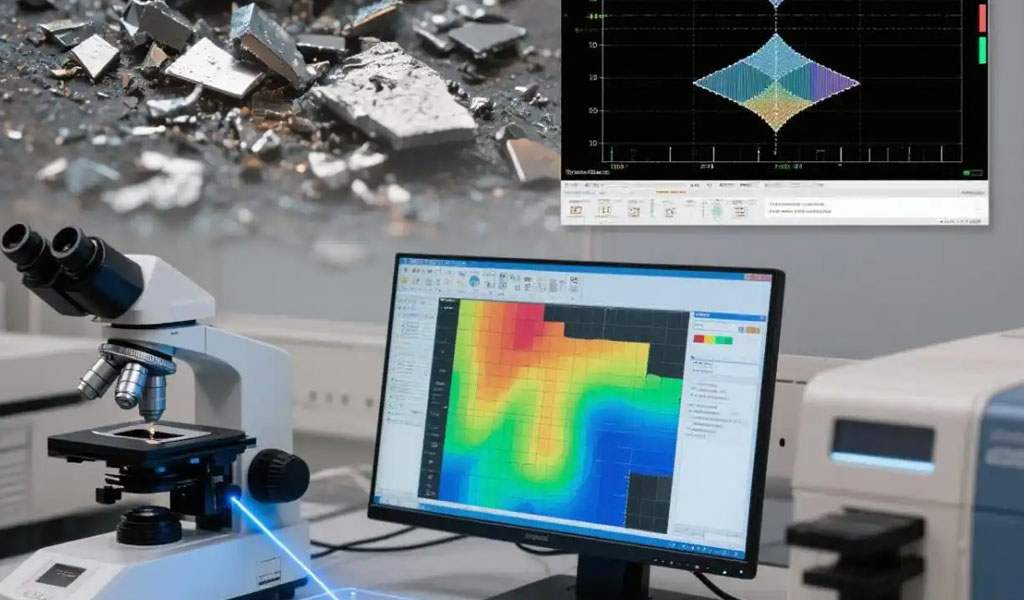
This article explores the principles, methods, and applications of dynamically adjusting pH in etching processes, drawing from established scientific literature and practical implementations. Adopting a Wikipedia-style format, it provides comprehensive coverage with segmented headings for clarity and scientific rigor. The discussion includes theoretical foundations, practical techniques, instrumentation, case studies, and comparative analyses presented in detailed tables. By examining how pH dynamics affect etching in contexts such as semiconductor wafer processing, metal surface treatment, and nanomaterial fabrication, readers will gain insights into enhancing process control and achieving superior results.
The importance of pH in etching cannot be overstated. In acidic environments, etching often proceeds via proton-assisted dissolution, while alkaline conditions may involve hydroxide ion reactions. Fluctuations in pH can lead to inconsistent etch rates, under- or over-etching, and defects like pitting or roughness. Dynamic adjustment mitigates these issues by employing feedback loops, sensors, and automated dosing systems. Historical developments in pH control trace back to early electrochemical studies, evolving with advancements in sensor technology and process automation. Today, industries like microelectronics rely on such techniques to meet nanoscale precision demands.
Before delving into the specifics, it is worth noting that while etching processes vary widely— from wet chemical etching to dry plasma methods— this article focuses primarily on wet etching scenarios where pH is most directly manipulable. Dry etching, though influential, typically involves gas-phase reactions where pH concepts apply less straightforwardly. The following sections build progressively from basics to advanced applications, incorporating empirical data and comparisons to aid understanding.
Fundamentals of Etching Processes
Etching encompasses a range of techniques used to remove material layers selectively. In semiconductor fabrication, for instance, etching creates intricate circuits by patterning silicon wafers. Chemical etching, a subset, relies on reactive solutions to dissolve target materials. The etchant’s composition, temperature, agitation, and pH all interplay to determine the process kinetics.
pH, defined as the negative logarithm of hydrogen ion concentration, quantifies the solution’s acidity (pH < 7), neutrality (pH = 7), or alkalinity (pH > 7). In etching, pH affects the speciation of reactive species, solubility of byproducts, and surface charge of the substrate. For example, in silicon etching with potassium hydroxide (KOH), higher pH accelerates anisotropic dissolution along crystal planes.
Understanding the thermodynamics and kinetics is crucial. The Nernst equation relates pH to electrode potentials in electrochemical etching, while Arrhenius kinetics describe rate dependencies on temperature and activation energy, modulated by pH. Diffusion-limited regimes, where mass transport dominates, can be influenced by pH-induced viscosity changes or ion mobility.
Historical context reveals that early etching in printmaking used acidic solutions like nitric acid, with rudimentary pH control via dilution. Modern dynamic adjustment emerged with inline sensors in the 1980s, enabling closed-loop control in cleanroom environments.
Text leading into the next subheading discusses how these fundamentals set the stage for pH’s role, emphasizing that without proper control, processes suffer from variability.
Role of pH in Chemical Reactions During Etching
pH governs the protonation states of etchants and substrates. In acidic etching of metals like copper, low pH promotes oxidation and complexation, as seen in ferric chloride solutions where Fe³⁺ acts as an oxidant. Adjusting pH dynamically prevents precipitation of hydroxides that could clog systems.
In alkaline etching, such as silicon with tetramethylammonium hydroxide (TMAH), pH above 12 ensures hydroxide attack on Si-Si bonds. Studies show etch rates increase exponentially with pH, as per the equation rate = k [OH⁻]^n, where n ≈ 1-2 depending on conditions. Dynamic adjustment compensates for OH⁻ depletion during prolonged etching.
pH also affects selectivity. In multilayer structures, tuning pH can etch one material while sparing another, vital for MEMS fabrication.
Empirical data from gallium arsenide (GaAs) etching in hydrogen peroxide mixtures highlights pH’s impact on surface roughness and diffusion effects. Optimal pH ranges (e.g., 3-5) minimize defects.
Before exploring adjustment methods, consider that pH drifts occur due to reaction byproducts, evaporation, or temperature shifts, necessitating real-time intervention.
Types of Etching Processes Affected by pH
Wet chemical etching is most pH-sensitive, including isotropic (uniform) and anisotropic (directional) variants. For silicon, KOH anisotropic etching at pH 13-14 produces V-grooves.
Electrochemical etching adds voltage control, where pH influences current density and porosity, as in porous silicon formation.
Metal-assisted chemical etching (MACE) uses catalysts like silver nanoparticles, with pH affecting hole injection rates.
Atomic layer etching (ALE), though often plasma-based, has thermal variants where pH in precursor solutions matters.
Nanoscale etching, like for gold nanobipyramids, employs pH-inhibited Fenton reactions for sensor applications.
This diversity underscores the need for tailored pH strategies, leading to discussion of dynamic techniques.
Methods for Dynamic pH Adjustment
Dynamic pH adjustment involves continuous monitoring and correction using automated systems. Basic methods include manual titration, but advanced ones employ PID controllers for precision.
Key components: pH sensors (glass electrodes or ISFETs), dosing pumps for acid/base addition, and mixing systems to ensure homogeneity.
In practice, a feedback loop measures pH, compares to setpoint, and actuates additions. For example, in copper etching purification, alkali gradients control pH to remove impurities.
Challenges include sensor fouling in aggressive etchants, requiring robust materials like Hastelloy.
Text here elaborates on integration with process parameters, setting up for specific techniques.
Sensor Technologies for Real-Time pH Monitoring
Glass electrode sensors are standard, offering accuracy ±0.01 pH units, but fragile. Ion-selective field-effect transistors (ISFETs) provide durability for inline use.
Optical pH sensors use indicators like phenol red, suitable for non-contact measurement in optical polishing where pH affects slurry performance.
Calibration is critical; dynamic systems use auto-calibration with buffers.
In high-temperature etching, solid-state sensors withstand conditions up to 150°C.
Before methods of adjustment, note that sensor response time (typically <10s) enables rapid corrections.
Chemical Dosing Systems and Control Algorithms
Dosing involves peristaltic or syringe pumps delivering HCl for acidification or NaOH for alkalization. Flow rates are calculated via stoichiometry: ΔpH ≈ -log( [H⁺]_new / [H⁺]_old ).
PID (Proportional-Integral-Derivative) controllers minimize overshoot. Advanced AI-based controls, like neural networks, predict pH drifts in silicon wet etching.
Batch vs. continuous flow: In flow systems, pH adjustment occurs in reactors with residence times optimized for reaction kinetics.
Safety considerations include handling concentrated reagents to avoid hazards.
This leads to integration with overall process control.
Integration with Process Automation
SCADA systems oversee pH alongside temperature and concentration. In semiconductor fabs, recipes include pH ramps for gradient etching.
Machine learning models forecast adjustments based on historical data, enhancing predictability in dynamic environments.
Case studies illustrate these methods in action.
Instrumentation and Equipment
Specialized equipment enables dynamic pH control. Etch baths with agitators prevent gradients, while inline spectrometers complement pH sensors.
For nanoscale, microfluidic setups allow precise dosing in picoliter volumes.
Maintenance involves regular cleaning to prevent biofouling or precipitation.
Text emphasizes cost-benefit, with automated systems reducing labor and waste.
Comparison of pH Control Instruments
The following table compares common instruments:
| Instrument Type | Accuracy | Response Time | Durability in Etchants | Cost Range | Applications |
|---|---|---|---|---|---|
| Glass Electrode | ±0.01 pH | 5-10 s | Moderate (prone to breakage) | $100-500 | General wet etching |
| ISFET | ±0.05 pH | <1 s | High (solid-state) | $200-1000 | Inline semiconductor processes |
| Optical Sensor | ±0.1 pH | 1-5 s | High (non-contact) | $500-2000 | Optical polishing slurries |
| Solid-State Electrode | ±0.02 pH | 2-5 s | Very High | $300-800 | High-temperature etching |
This table highlights trade-offs, aiding selection.
Advanced Tools for Dynamic Control
Molecular dynamics simulations predict pH effects, as in aspect ratio-dependent etching.
ICP-MS for on-line analysis in surface etching.
These tools enhance precision.
Case Studies in Dynamic pH Adjustment
Real-world examples demonstrate benefits.
In silicon polishing, alkaline pH control reduces defects.
For AuNBPs, pH-controlled Fenton etching enables urea detection.
Acid etching under dynamic impact shows pH increases with time.
Nanotip fabrication uses dynamic chemical etching.
Comparative Table of Etch Rates at Different pH Levels
| Material | Etchant | pH Range | Etch Rate (nm/min) | Notes |
|---|---|---|---|---|
| Silicon (single crystal) | KOH | 12-13 | 50-100 | Exponential increase with pH |
| Polycrystalline Silicon | TMAH | 11-12 | 20-50 | Lower than single crystal |
| GaAs | H2O2-based | 3-5 | 10-30 | Diffusion-limited |
| Copper | Acidic mix | 1-3 | 100-500 | Impurity removal via pH gradient |
| Gold Nanobipyramids | Fenton reagent | 4-6 | Variable (pH-inhibited) | For sensors |
| Magnesium Thin Films | Water (neutral) | 6-8 | 5-15 | Selective etching |
This table compares rates, showing pH’s influence.
Challenges and Solutions in Specific Industries
In semiconductors, pH drift causes yield loss; solutions include redundant sensors.
In nanotechnology, pH precision to 0.1 units is needed for uniform structures.
Future trends involve AI integration for predictive control.
Advanced Topics in pH Dynamics
Exploring molecular insights, like in ZIF etching.
Plasma ALE dynamics, though not directly pH, analogize to layer control.
Gold nanocluster etching maintains pH for staged reactions.
Simulation and Modeling
Molecular dynamics for wet etching.
Prediction models for ion energy in etching.
These aid in designing dynamic systems.
Environmental and Safety Considerations
Dynamic control reduces chemical waste by optimizing usage.
Safe handling of pH adjusters prevents accidents.
Conclusion
Dynamic pH adjustment elevates etching processes to new levels of precision and efficiency. By integrating sensors, controls, and data-driven approaches, industries can achieve consistent results. Future advancements may include wireless sensors and quantum computing for optimization.

